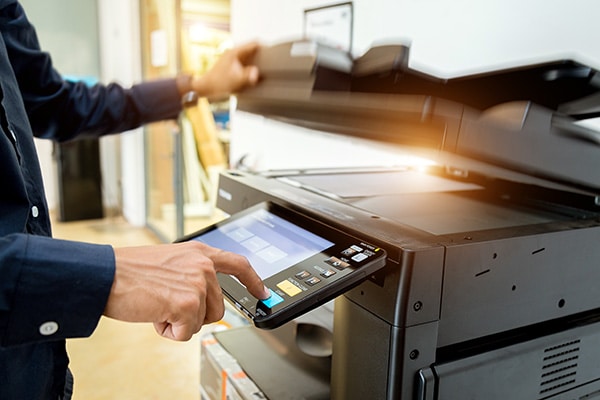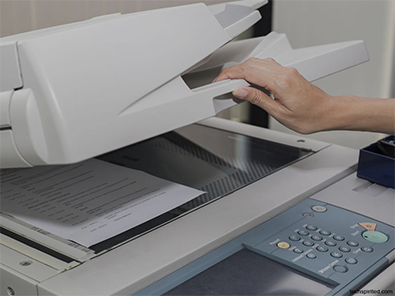
Do you know the copier speed and warm-up time of your copiers? These two factors are very important, but many people don’t pay much attention to them. This article will help you understand why copier speed matters, what copier speed means, and how it impacts your business. We’ll also explore the importance of copier warm-up time and how it can affect productivity in a big way.
If you are in Miami and you are looking for a Copier in Miami for your business, you may contact Clear Choice Technical Services in Miami. You can ask about Copier Leasing Services in Miami, Copier rental services in Miami, and Copier Repair in Miami.
What does copier speed mean?
Copier speed is how fast a copier can copy or scan. Copiers have speeds ranging from 15 to 120 pages per minute (ppm). The higher the number, the faster it will be able to make copies and scans at once. Some copiers also include additional functions that must be considered when looking into copier speed.
Copier speed is how fast a copier can make copies. It doesn’t matter whether you have an office copier or a large copier for industrial use, copier speed will be the same on any size machine. Copiers are rated in pages per minute (PPM), which describes how many sheets of paper it takes to print one page (or copy) every minute. For example, if your copier prints 25 PPM, it prints 20 single-sided color copies in 48 seconds.
Copier speed is how fast a copier can make copies. There are two speeds that you need to be aware of when looking at copiers:
– First Copy Speed – How long it takes for the copier to print the first copy after power on. This number should always appear in bold and large font because it’s extremely important if your firm does fast turnaround jobs or sends faxes frequently since this will indicate how quickly a copier makes an initial copy after powering up.
– Continuous Copy Speed – The rate at which additional copies are printed once the machine has already warmed up (i.e., about 12 minutes).
What does warm-up time mean?
Warm-up time refers to how long your copiers need before they are ready for use after being powered off. On average most office equipment needs about 20 minutes of break-in time before you can start printing or copying with them again – this includes printers as well as copiers. Warm-up times range from 0 seconds to –120 seconds on newer models, but not average copiers take about 12 minutes to warm up.
Warm-up time is the length of time a copier needs before you can start making or finishing any project on it. However long this may vary from copier model to copier model, but rest assured that most copiers warm up in about 12 minutes.
Why does the difference matter?
Copier speed is a key factor in determining what copier you need for your office environment. Slow copiers make employees wait, reducing work time; conversely, overly fast copiers disrupt productivity when demand cannot keep pace. Understanding how long it takes a particular model of copier to complete tasks like printing or copying documents gives buyers insight into which machine might best suit their needs based upon workflows and estimated output volume.
The main reason why copier speed matters are that more expensive machines can complete tasks more quickly than less expensive copiers.
Lower speed copiers are good for infrequent users who need a copier only occasionally, but they don’t have enough work volume to justify the expense of faster machines.
If employees use copiers daily or several times per day and need quick copy speeds to complete their jobs on time, they might find higher speed copiers better-suited. Higher-volume printers may also benefit from speedy warm-up times because it can make maintaining peak productivity easier by enabling workers to print at any point during the shift without losing too much time waiting for their equipment to power on and reach optimal operating temperatures. If you’re looking into buying new copiers consider both speed specifications as well as copier warm-up time to ensure you get the copiers that are best for your business.
The copier speed specification refers to how fast a copier can make copies while operating in its faster mode (referred to as “first copy”).
The amount of time it takes a copier to go from receiving power to making copies at speeds above its base or slowest modes defines its “warm-up” time.
Do copier speed and warm-up time affect the office’s productivity?
Copier speed and copier warm-up time both affect how long it takes for a copier to start making copies, which in turn affects the office’s productivity.
Slow copiers waste employee time. Inefficient machines force workers to wait, reducing productivity and increasing operational costs. Copier delays frustrate customers, causing lost revenue. Idle documents and long waits lead to dissatisfaction and business losses. Compare copier speed, warm-up time, and features. Choose the best model for your business needs at a reasonable price.


